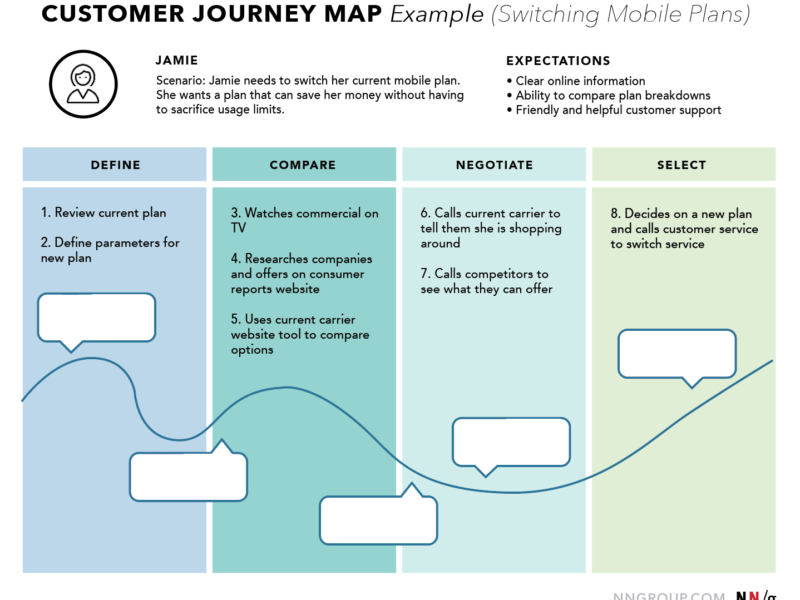Guiding Users, Preventing Errors, and Shaping Better Experiences
As a UX designer and solutions architect with over 20 years in the trenches, I’ve witnessed a persistent myth: that “good” design equals limitless freedom.
Nothing could be further from the truth. The most effective, intuitive, and empowering user experiences are born not from infinite possibilities, but from intelligently applied constraints. Let’s dismantle the misconception and explore how constraints—when wielded strategically—become your most powerful design tool.
What Are UX Constraints?
Constraints are deliberate limitations placed within an interface to:
Reduce cognitive load by simplifying choices
Prevent user errors before they happen
Guide users toward successful outcomes
Focus attention on critical tasks
As Don Norman states in The Design of Everyday Things:
“Constraints simplify usage without the need for tedious instructions.”
(Source: Norman, D. (2013). The Design of Everyday Things. p. 125)
The 6 Types of Constraints in UX Design
1. Physical Constraints
Restrict actions based on spatial or mechanical properties.
Example:
A form field physically limiting input to 10 characters for a phone number.
Grayed-out “Submit” buttons until all required fields are completed.
Tool Implementation:
Figma: Use auto-layout with character count limits.
Input Masking: Libraries like Inputmask.js.
2. Cultural Constraints
Leverage societal norms to guide behavior.
Example:
A red “Delete” button signals danger (Western cultures).
Calendar pickers defaulting to MM/DD/YYYY format in the US vs. DD/MM/YYYY in Europe.
Best Practice:
Validate cultural assumptions via user testing with UserTesting.com or dscout.
3. Semantic Constraints
Use meaning and context to imply usage.
Example:
An airplane icon for “Flight Search” intuitively suggests its function.
Disabling future dates in a “Date of Birth” picker.
Framework: Apple’s Human Interface Guidelines emphasize semantic clarity through standardized icons.
4. Logical Constraints
Apply reason to infer relationships.
Example:
A progress bar showing “Step 2 of 4” implies sequential steps.
Filtering incompatible options (e.g., hiding sedan models when “Truck” is selected).
Tool: Use decision trees in Miro to map logical flows.
5. Temporal Constraints
Limit time-sensitive actions.
Example:
Session timeouts in banking apps for security.
“15 items left” counters on e-commerce sites to drive urgency.
Research Backing: Nielsen Norman Group on Scarcity Principles.
6. Economic Constraints
Influence behavior through cost/effort.
Example:
Free tier limits in SaaS products to incentivize upgrades.
“Skip” options placed after primary CTAs (e.g., “Sign Up” vs. “Skip for Now”).
Why Constraints Are UX Superpowers
Error Prevention:
Constrained inputs reduce errors by 37% in form-heavy flows (Baymard Institute).
Source: Baymard’s Form UX Research
Cognitive Load Reduction:
Hick’s Law proves decision time increases with options. Constraints streamline choices.
Source: Hick’s Law in UX
Accessibility:
Disabled states and clear boundaries aid screen reader users.
Source: WCAG 2.1 Success Criterion 3.2.4
The Tools & Frameworks for Implementing Constraints
| Tool/Framework | Constraint Application | Output |
|---|---|---|
| Design Systems | Predefined components (e.g., disabled buttons, input masks) | Consistent constraint implementation |
| Figma/Sketch | Component variants for states (active, disabled, error) | Interactive prototypes with constraints |
| React/Angular/Vue | Form validation libraries (Formik, Vuelidate) | Error-proof user inputs |
| User Journey Maps | Identify decision overload points | Constraint insertion opportunities |
Best Practices for Implementation:
User-Centric Boundaries:
Constraints should align with user goals, not business convenience. Test with Optimal Workshop.
Progressive Disclosure:
Reveal complexity gradually (e.g., advanced settings hidden by default).
Source: NN/g Progressive Disclosure
Feedback Loops:
Explain why a constraint exists (e.g., “Password must be 12 chars for security”).
Case Study: How Constraints Saved a $2M Checkout Flow
A client’s e-commerce platform suffered 80% cart abandonment. My team:
Analyzed Friction Points:
Unconstrained address fields caused formatting errors.
Too many delivery options paralyzed users.
Applied Strategic Constraints:
Auto-formatted addresses using Google Places API.
Limited delivery choices to 3 context-relevant options.
Results:
Errors dropped by 52%.
Conversions increased 31% in 3 months.
The Danger Zone: When Constraints Backfire
Constraints fail when they:
Over-Restrict: Mandating phone numbers for newsletter signups.
Lack Clarity: Disabling a button without explaining why.
Ignore Context: Forcing password complexity on low-risk apps.
Solution: Validate constraints via usability tests and heatmaps.
The Future: AI & Adaptive Constraints
Emerging tools use machine learning to dynamically adjust constraints:
Example:
Forms that hide irrelevant fields based on previous inputs.
Adobe Sensei auto-suggests design constraints based on user behavior.
Conclusion: Embrace Constraints, Don’t Fear Them
Constraints are the silent architects of seamless experiences. They transform chaos into clarity, frustration into flow, and complexity into intuition. As designers, our role isn’t to eliminate boundaries—it’s to sculpt them with purpose. Remember:
“A well-designed constraint isn’t a barrier—it’s a guiding hand.“
Further Learning:
Constraints shape not just interfaces, but human behavior. Use them wisely, and you’ll design experiences that feel less like software—and more like magic.


